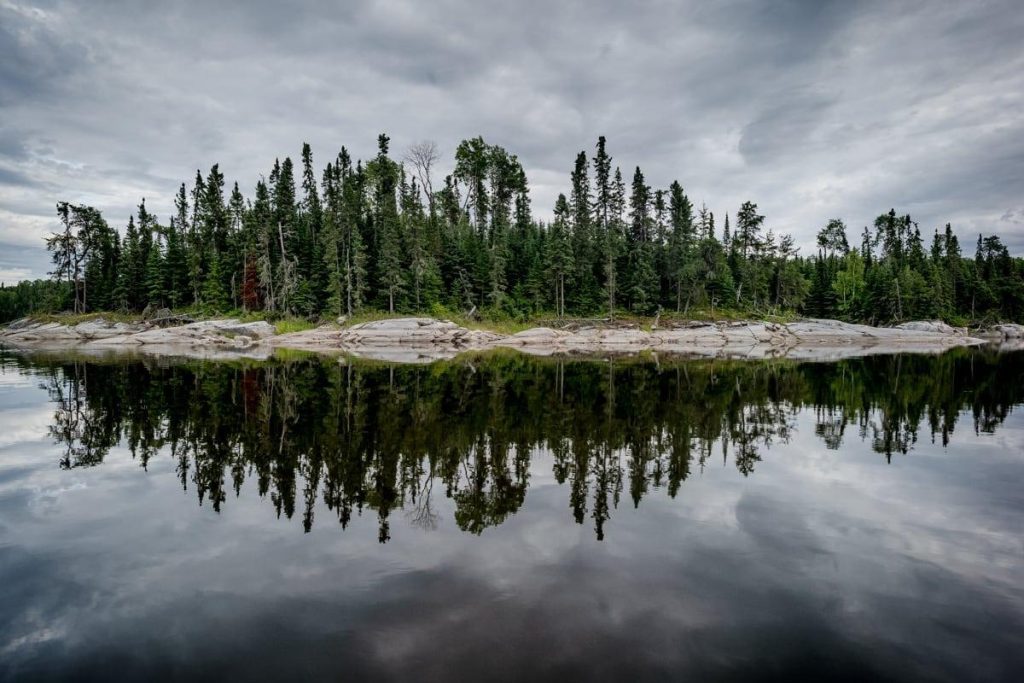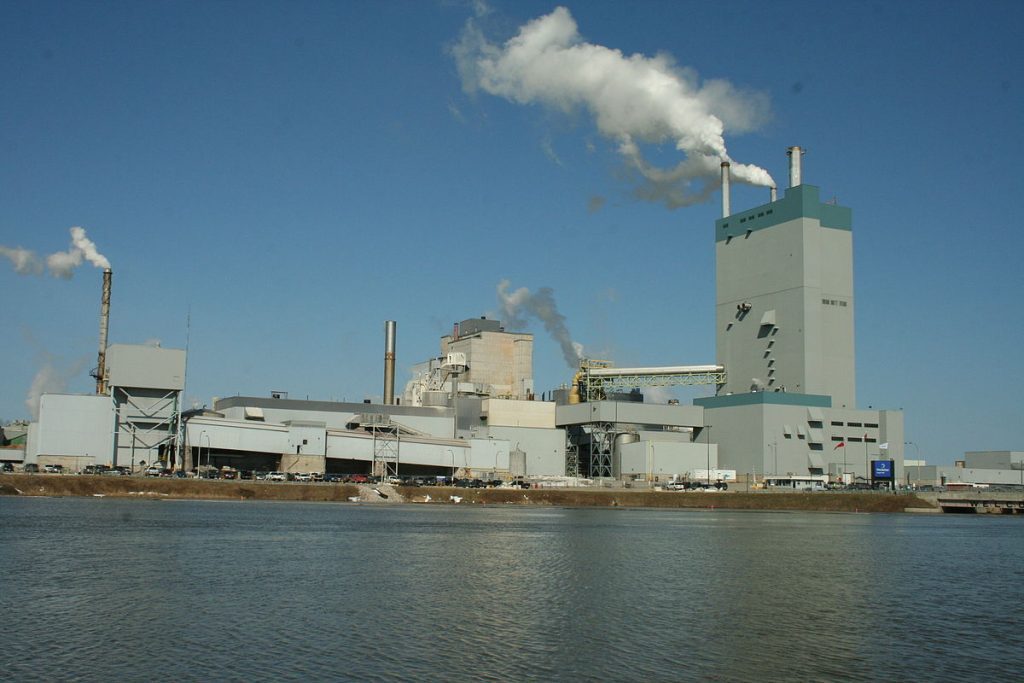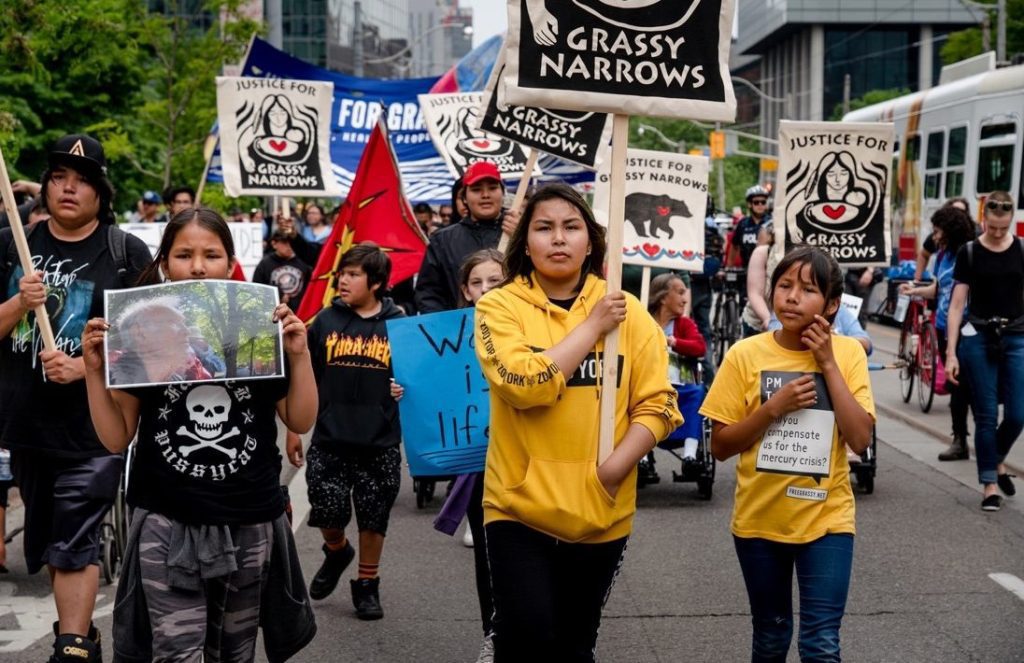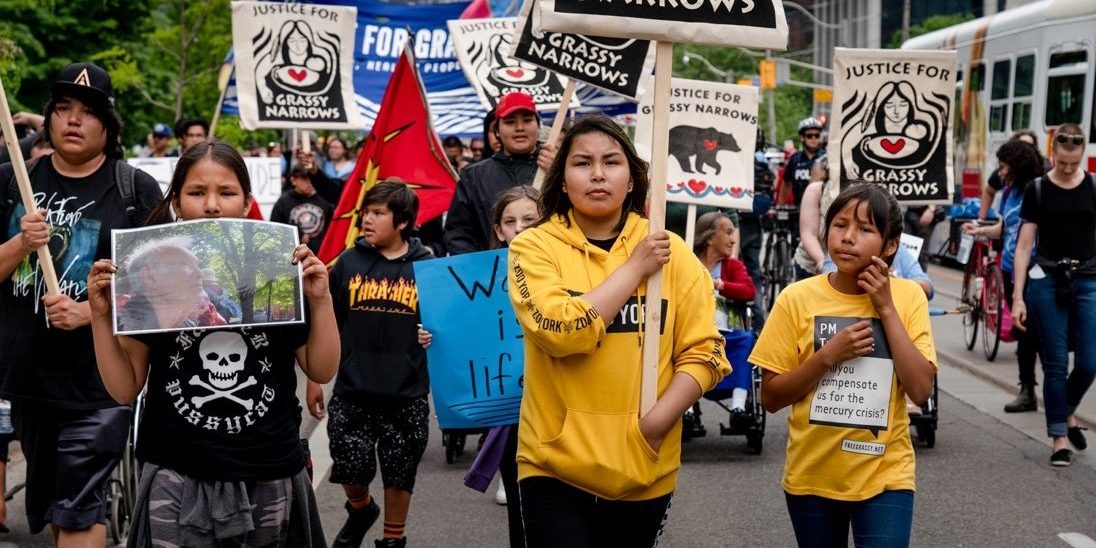
What Happened in Grassy Narrows?
Overview
Grassy Narrows (Asubpeeschoseewagong First Nation) is an Ojibwe community in Northwestern Ontario (≈1,500 residents). Since the 1960s, the community has endured one of Canada’s worst environmental disasters—massive mercury contamination of the Wabigoon–English River system aimed at supplying a pulp‐and‐paper bleaching source. The pollution devastated local fisheries, ravaged the health of residents across generations, and continues to challenge their land rights and cultural survival
Historical Timeline
1962–1970: Dryden Chemicals Ltd (Reed International) discharged ~9–11 tonnes of mercury into the river
1970: Fish consumption advisory issued, commercial fishing banned in affected waters; logging site deterioration began
1975–77: Continued airborne mercury emissions; legal settlements reached in 1985 granting indemnity to polluters
2002–2011: Grassy Narrows launched logging blockades, culminating in legal victories limiting provincial logging on their land
2016: Soil sampling revealed dangerously elevated mercury; Japanese experts found 90% of community exposed
2019–2020: Supreme Court ruled companies must remediate; federal agreement funded a $20 million clinic

Impacts on Health & Community
Mercury Poisoning & Minamata Disease
Mercury-contaminated fish triggered Minamata-like neurological disorders. Studies of autopsy specimens found mercury present in all organs sampled. Symptoms include visual field impairment, behavioral changes, and premature mortality .
Intergenerational and Mental Health Effects
A 2023 study links prenatal mercury exposure to increased emotional/behavioral issues and rising youth suicide rates—three times higher than other First Nation averages
Environmental & Cultural Injustice
Environmental racism: Indigenous communities are disproportionately burdened by industrial pollution; Grassy Narrows is emblematic
Loss of treaty rights: Blockades (since 2002) fought clearcut logging, asserting rights under Treaty 3 and halting deforestation
Ongoing contamination: Soil and sediment still highly toxic; partial cleanup investments began in 2017—but full remediation remains unfulfilled

Ongoing Struggles & Legal Actions
- 2024 lawsuits: Grassy Narrows filed suits against Ontario and federal governments, demanding cleanup accountability
- Health & infrastructure demands: Community continues pressing for comprehensive care services, environmental health monitoring, and contaminated site restoration .

